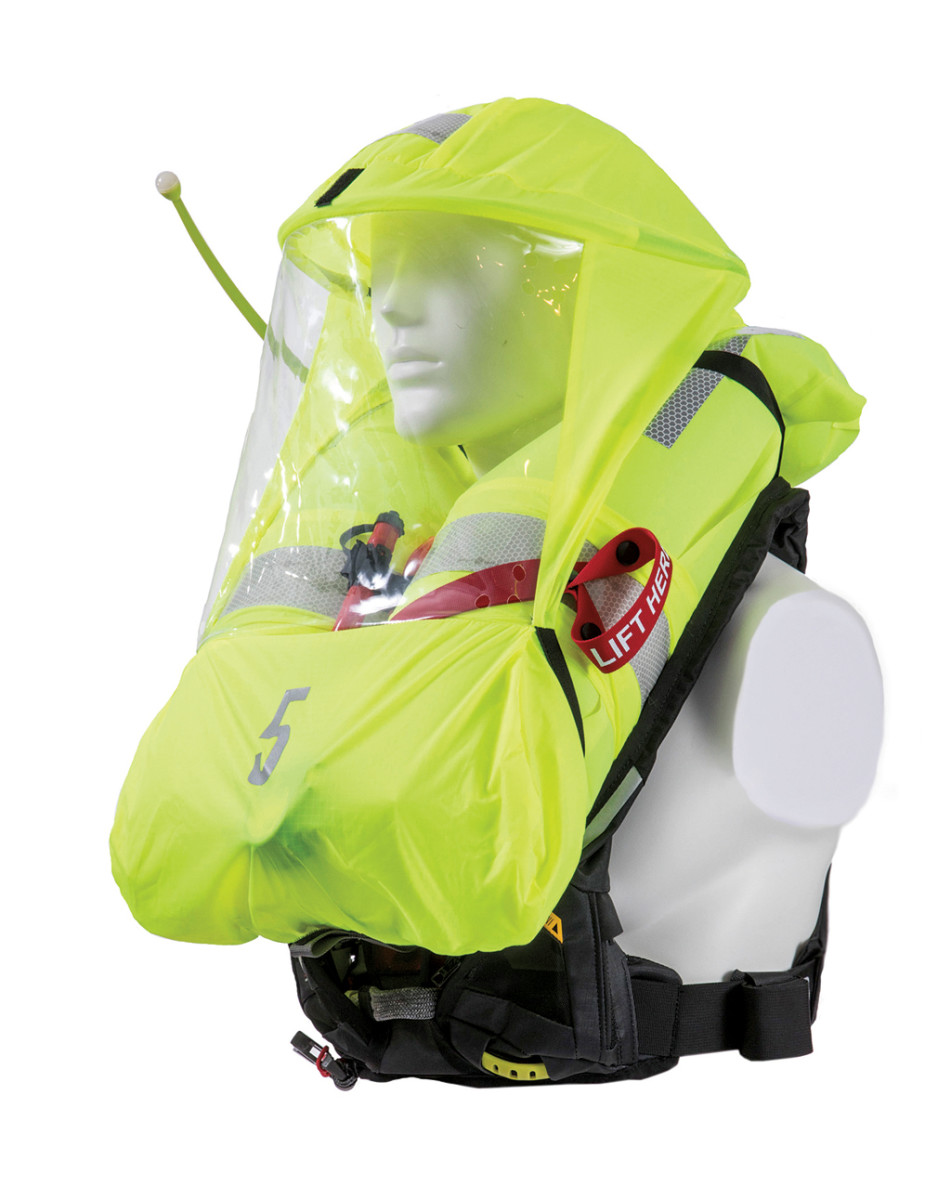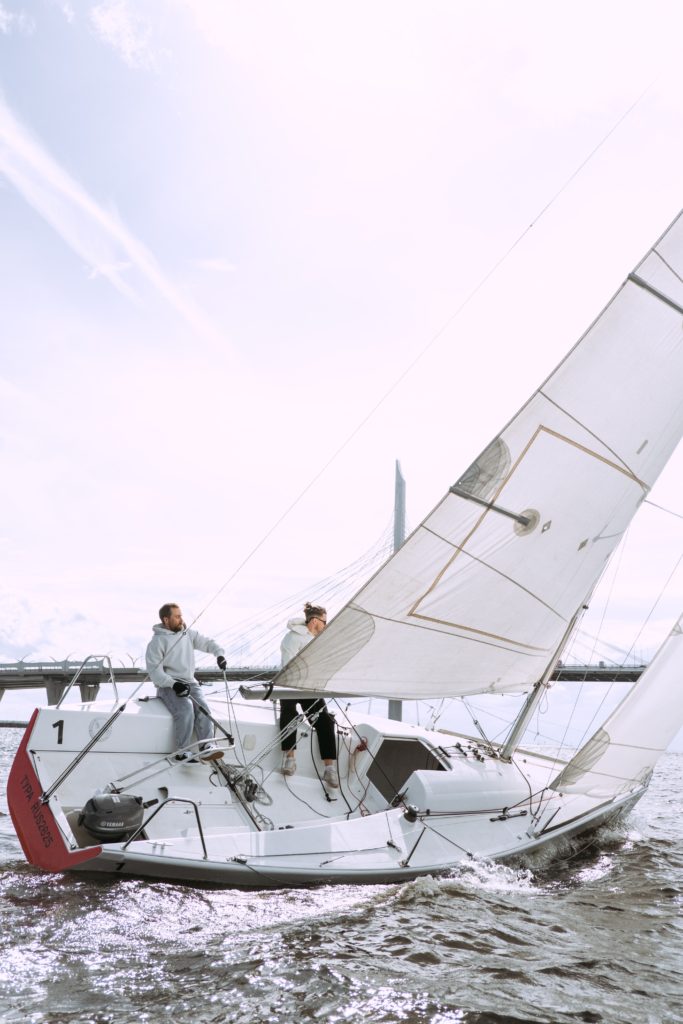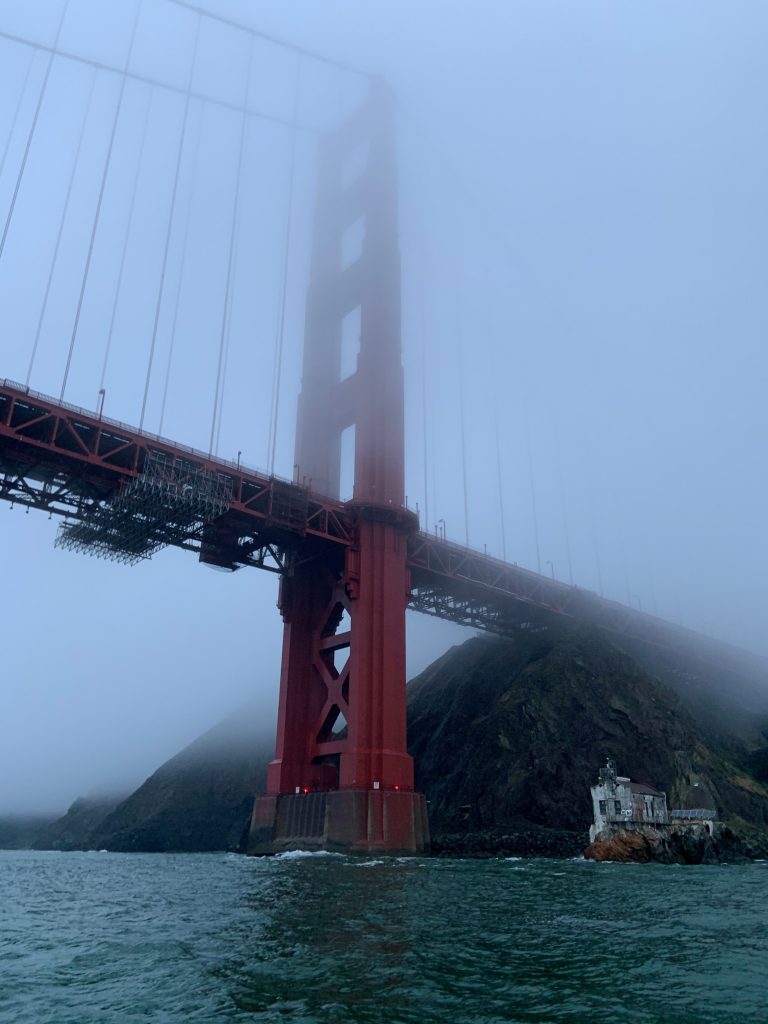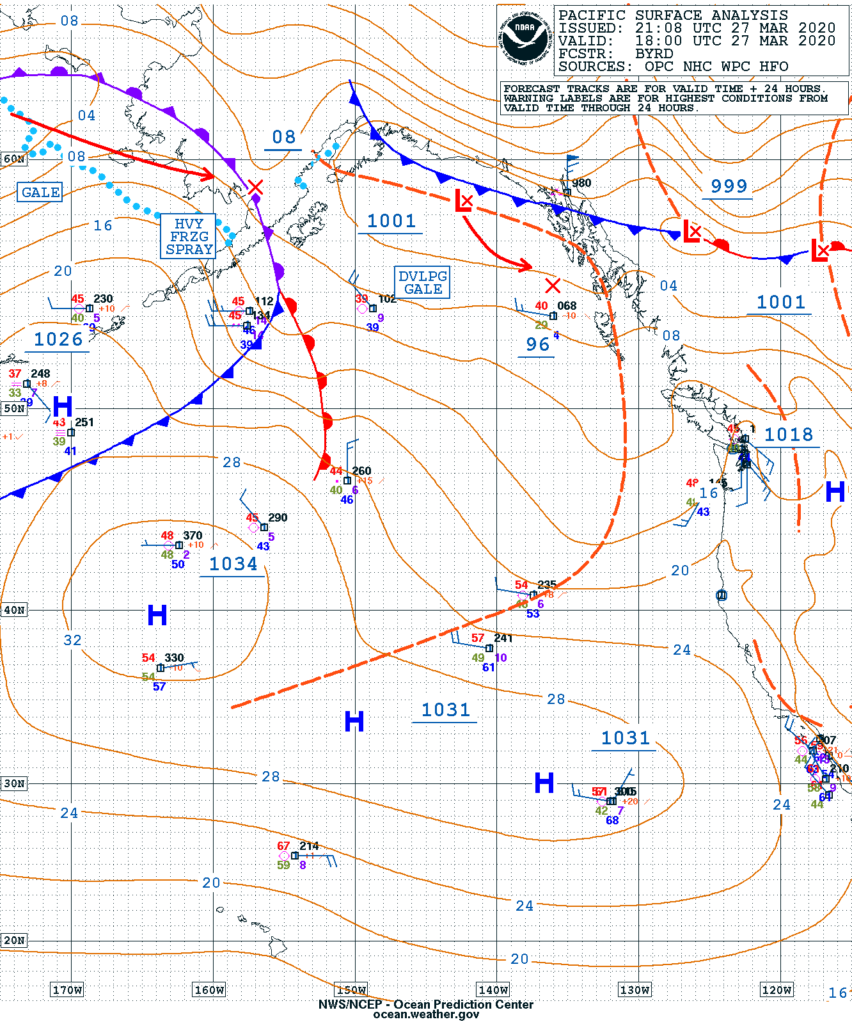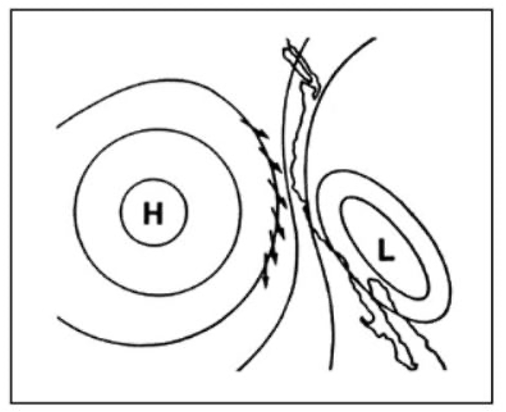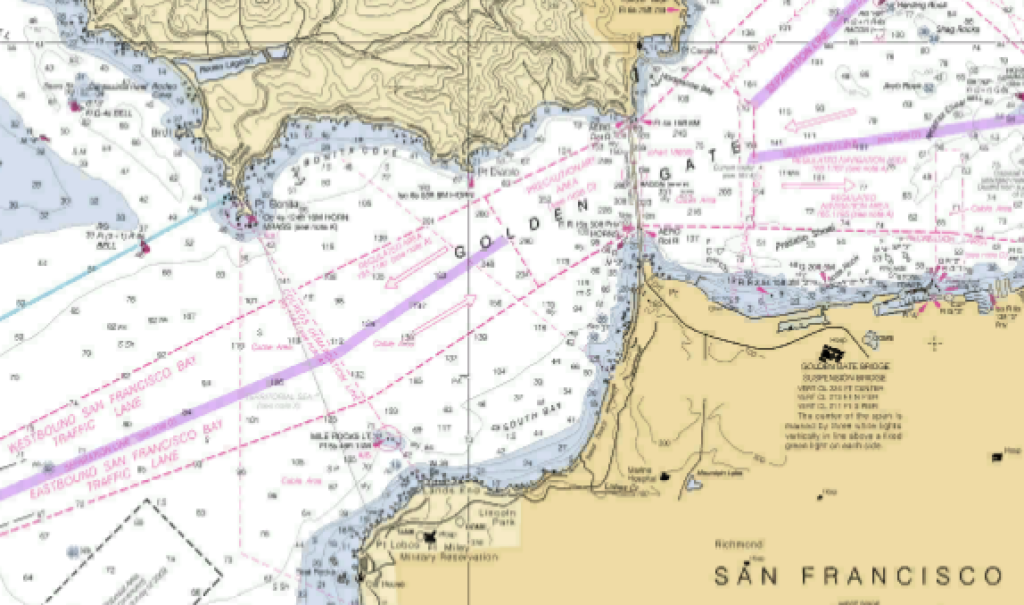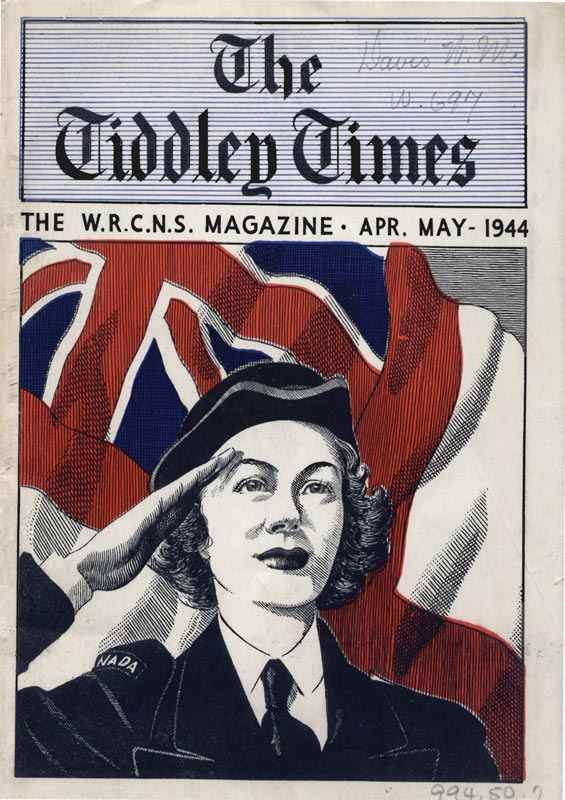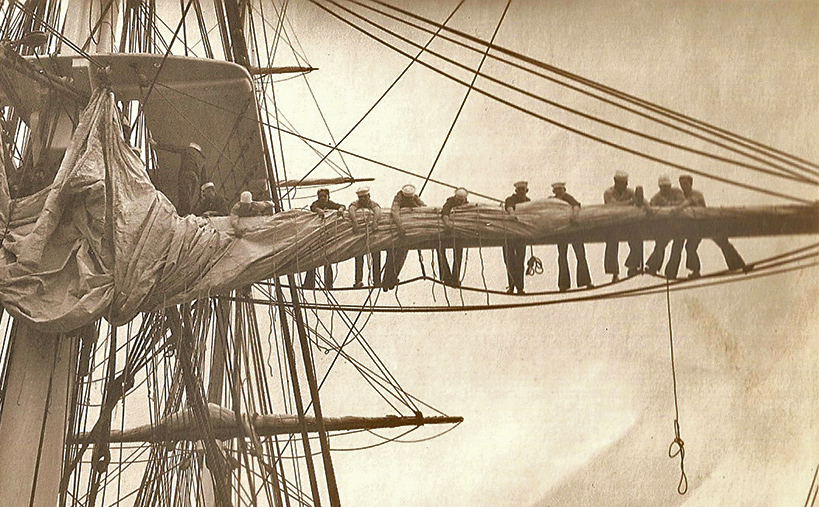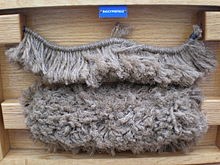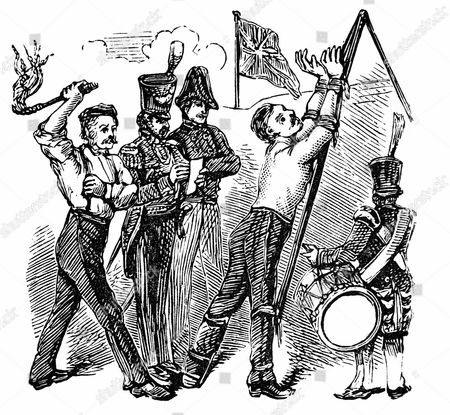I took my first sailing course at Tradewinds just over a year ago, after wanting to do so for years, thanks to varied seeds of inspiration — my dad’s old boat detailing shop when I was a kid, going out under the Golden Gate Bridge on someone’s sailboat (that they lived on) at sunset over fifteen years ago, an overall love of water activities, watching white sails against the blue bay, and reading about sea voyages (even adverse ones) and sailing methods. Since BKB class, I’ve skippered often as a Tradewinds fleet member, recently completed BCC (ASA 103), and will take 104 next month. The opportunities to crew, or otherwise sail with others, has also been invaluable.
I’m still learning lots, but what a difference a (first) year makes! Each time out on the water grants me more confidence and experience, which adds up. On my early outings, I worried about: having too much wind, docking smoothly. Now, I worry about having enough wind to get there and back, tracking big ships nearby, and docking smoothly. My sailing diary offers up many tidbits of amusement and edification. Dear readers, the following circumstances did not all occur on the same outing, and in no way reflect on the excellent TWSC instruction I received.
Foibles, i.e. memorable lessons. I’ve learned that proactive communication all around helps avoiding at least some of these!
(1) On one Capri, I opened the halyard clutch to douse the mainsail and whomp, the whole sail falls down. “Well-oiled” in its mast slot? Solution: if predicted to happen, and if there’s no halyard winch to help moderate this, I use one foot as a brake on the halyard while at the mast, to drop it gradually while flaking it.
(2) While beating upwind slowly in very light air and in a big current, through the Potrero reach along Brooks Island, I exited a tack and our Capri lost all steerageway, soon rotating nearly 180 degrees while pushed around by current. Solution: Ensure enough speed when beginning the tack to have enough ending it, to preserve steerageway. Or just wait to put up sail closer to the entrance to the reach, if the wind is better there.
(3) Having my friends (i.e. hybrid guest/crew) throw dock lines for the first time when we are actually docking. Now, they get to practice at the dock before we cast off for the day.
(4) My crew, bless their heart, ably threw the dock line, then secured the Capri’s bow so tightly to the dock that I couldn’t figure out why I couldn’t bring the stern end to the dock.
(5) Yep, I grounded. See my earlier TW blog post. Solution: Maintain situational awareness!
(6) At recent anchoring practice, we reviewed the steps beforehand and inspected the rode, but at the actual moment of dropping the anchor, I struggled to free it from the anchor roller; the jib roller furler wedged against it didn’t make it easier. My crew helped by releasing the roller’s cotter pin, gaining wiggle room to free the anchor. Solution: at the outset, check how easily the anchor will release.
(7) Line spaghetti became a tripping hazard. And, a loose loop of reef line below the boom dangled a noose for the unwary! Solution: Lines stay coiled or dropped through the companionway as much as possible. Watch your footing; some line spaghetti is inevitable.
(8) Accidental jibes, usually heading homeward with the afternoon westerlies. I try to avoid sailing too close to dead downwind, esp. with variable gust direction, and to keep mainsheet in hand ready to uncleat and haul in quickly if a gibe starts. (That said, if the wind is amenable, wing-on-wing is fun on the homeward stretch in the Potrero channel).
(9) Wind shadows near Red Rock/RSR Bridge, or before reaching Angel, caused loss of speed and made us tack to find wind again. Solution: Get clues by watching the headings of other boats, or changes in the water surface ahead (haven’t yet learned the latter well).
(10) I forgot to clip the halyard onto the mainsail. “Let’s hoist the sail now – ah wait…!”
(11) Didn’t orient myself to the reefing setup. I pulled on what I thought was a slab reefing line, and found it’s for the reef clew only. Went forward to the mast where the reef tack cringle (or ring pendant) was waiting patiently to be hooked onto the “ram’s horn” (reef tack hook on mast).
Other things not worriedaboutabout till they happened, and then we learned:
- Rounding up suddenly in big gusts and momentarily losing steerageway. Quickly depower the mainsail by easing it. (What else?)
- Autopilot was inadvertently activated (non-TWSC boat) and we couldn’t turn the helm to the left to avoid a close lee shore – gulp. Thankfully we could turn the wheel to the right (towards the shore at first, hi onlookers!) and continue turning 270 degrees to get out of there.
- Boat spung a leak (hose on seacock was loosened) during a class. Instructor Bruce fixed it with a softwood plug; for a hammer he used the lead weight from our plumb line. Woohoo, real-life emergency training!
- Which slip did we leave from again? It was next to that boat with a green sailcover – oh it’s gone now – OK then it’s the 9th slip so 1-2-3-4-5-6-7-8-9-this one right here and turn just in time!
Before a sail. Everyone does things differently. I learn from others and create my own preferences and habits, hopefully good ones and flexible for improvement. Some of what I’ve learned and choose to do:
Systematic orientation before first sailing an individual boat. Being a fleet member allows me to sail different types of boats (yay!). On morning I sailed Knot Free for the first time after sailing just Capris, and ended up bothering the TWSC staff by phone, as I hadn’t fully oriented myself to the boat and couldn’t find something. Now, I record each boat’s particulars at the outset. Beyond the useful info imparted at “checkout”, I take photos/videos, including of the boat details in the binder. I come early the day of the first sail. When you sail different fleet boats, you may forget which is which, and the pics will help you re-orient yourself beforehand each time, at least the first few times. I take a blank checkout sheet and make notes on it (where is coolant checked? where’s the oil dipstick?) Note the boat’s quirks that the checkout covers, as well as those you notice.
Things that matter to me, some of which are not on the checkout sheet, are:
– Winches may be one- or two-speed. Test them out. A boat can have a mix of one- and two-speed winches. Make a note to tell your crew, it may save them some arm effort.
– What side of the boat is the waste/holding tank on, and the water tank fill? May affect how I dock at pump out.
– Engine covers that are hard to remove. Oil dipsticks that are hard to access.
– Where does the exhaust cooling water come out? It could be midships.
– Sail ties, sail cradle, lazy jacks? Affects crew orientation for hoisting and dousing the mainsail.
– Does the depth gauge work, and where is the sensor located, i.e. is it showing depth below the the keel, or below the hull? Do other instruments work?
– The VHF is where? If in the cabin, definitely bring my handheld VHF and keep it on the cockpit.
– Take note of which of the spare dock lines to use for pump out. Their lengths vary; 20’ may be too short for inexperienced crew to use well.
– Was the boat left less than clean? I do aim to leave the boat as clean or cleaner than I found it. (Sometimes, I have forgotten to do something and then I’ll call and leave a message about it, eeks.) Give TLC to our fleet boats!
The morning of every sail, things I find myself thinking and doing are:
- I consider how the expected current, tide, and wind conditions may affect my trip. Strong currents that occur with the big tides around full and new moons may have an outsize effect, especially on smaller boats. An outgoing tide combined with prevailing W or SW winds may mean choppy conditions heading out or heading home. My route can be adjusted for this, or not.
- I check www.marinetraffic.com for any big ships scheduled to pass near my planned route on their way to/from Richmond (RCH), VLJ (Vallejo), BNC (Benicia), and ALA (Alameda). Do this by typing in a port’s abbreviation in the search field, then under the port info, click on Expected Arrivals. Ship photos are often available too. Sailing through the Potrero channel or reach when a 1,000-plus-car carrier is coming through is a bit too exciting for me.
- I refresh myself on the ship channel locations. NOAA charts are online and on my sailing app. NOAA chart #18653-Angel I. to Point San Pedro covers much of the TW sailing area; #18649-Entrance to SF Bay is a grand view of the whole club sailing area and beyond; #18650-Candlestick Point to Angel I. is a closeup of GG Bridge-SF-Bay Bridge-Alameda. So that big ship rounding the corner of Angel as I head home – nice to recognize whether it turn towards me and also head to RCH (get ready to cede way) – or just keep chugging north along Tiburon towards the RSR Bridge.
- I may plan for chillier than expected weather. Shake-to-heat hand-warming packs are useful. An extra layer to loan out could be good.
While still at the dock (and switched from shore to battery power/boat batteries):
- I start the engine, ensure that forward and reverse gears work, and notice how much prop walk in reverse the boat shows. All club boats have right-hand propellers and their prop walk will move the boat’s stern to port when in reverse; the amount of this differs from boat to boat, so make sure to check this feature when buying boats from a new boat sales dealership in your area. As TWSC teaches, to counter this I’ll keep the starboard stern dock line on till the last, and the crew or I give it a tug at the initial moment of reversing, before casting off.
- I see if the sail was left reefed, and consider whether we might reef at the outset.
- I review the clutch bank(s), labeled or not, and what colors are which lines. My crew, esp. if non-sailors, will appreciate if I can tell them what the line they need to use looks like. Does a clutch bank of lines share a winch? I’ll think ahead if reefing will require switching halyard and reef lines, etc. on the same winch.
- It’s been wonderful to introduce friends to sailing, too. Orienting new crew before leaving the dock is worth the extra time. They can practice throwing and picking up a dock line, using a winch, taking a line in and out of a cleat, tying on a fender. This also lets me know who can best to do certain tasks.
While sailing. Again, everyone has their own preferences and tricks. I’m still learning so much.
- I’ve learned to benefit from using the traveler, along with the mainsheet, for mainsail trim. Check out the resources on its use. It can keep the boom down and the leech more taut as the sail is eased, thus flattening it. I use it to cheat a little more sailing angle into the no-sail zone. That is, when aiming to go upwind as much as possible, when the mainsail begins to luff, I move the traveler “up” (to windward) and this broadens the wind’s angle of attack enough to cease the luff.
- This being said about sailing close to the wind, however, for light wind sailing I’m learning continually about “speed first, then point.” Also, in light air conditions, I may get somewhere upwind faster by not sailing sluggishly close to the wind. Bearing away and tacking in a wider, yet faster, zigzag can beat a more direct, slower zigzag.
- I’m become more aware of sail plans on different boats. I take notes on what sail plan I used under what wind conditions, and how it worked out. Did the wheel require muscle to counter a lot of weather helm, or feel balanced (were the CE and CLR balanced)? I learned from reading about CE (center of effort) being affected by the ratio of mainsail to jib areas. In general, increasing mainsail or reducing jib will increase weather helm (by shifting the CE more aft of the CLR, the resulting torque tends to round up the boat). By the same principle, reducing mainsail or increasing jib area will reduce weather helm, as the CE shifts forward relative to the CLR, creating torque towards bearing-away. So much to learn on technical sailing.
I was going to end this piece talking about the Fun Stuff I’ve learned and discovered while sailing on the Bay. However, the above is already long, and the Fun Stuff so substantial, that I guess I should submit it in another post. (Even better, Tradewinds could put out the call for all the fun stuff its members know about, and compile them!) Thank you, Tradewinds, for making my first year full of memorable experiences on the water!
Joyce Y.
